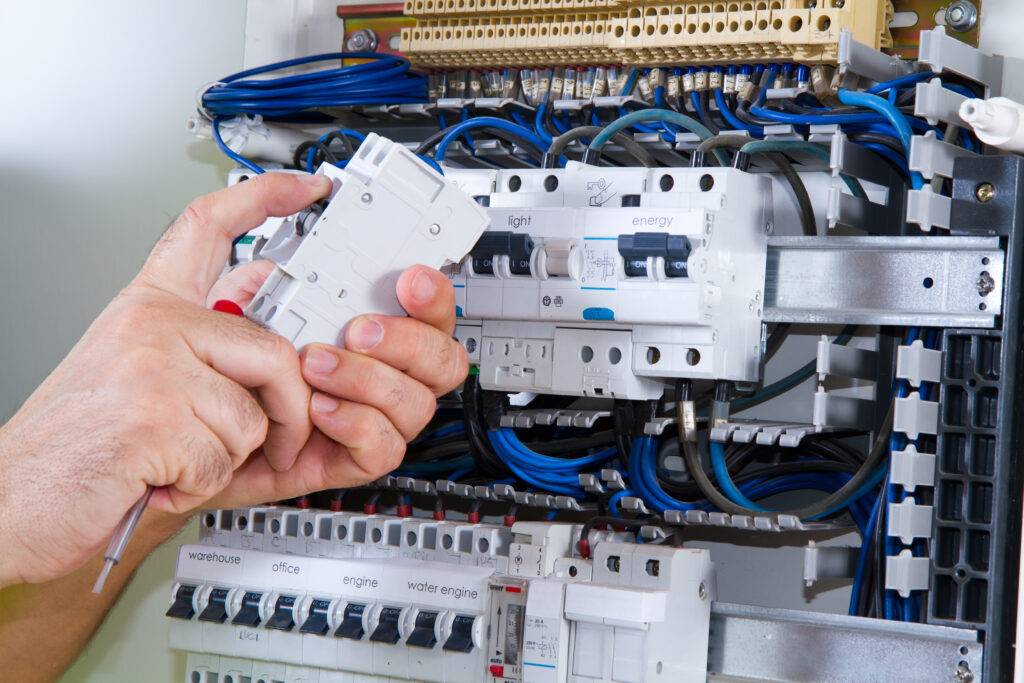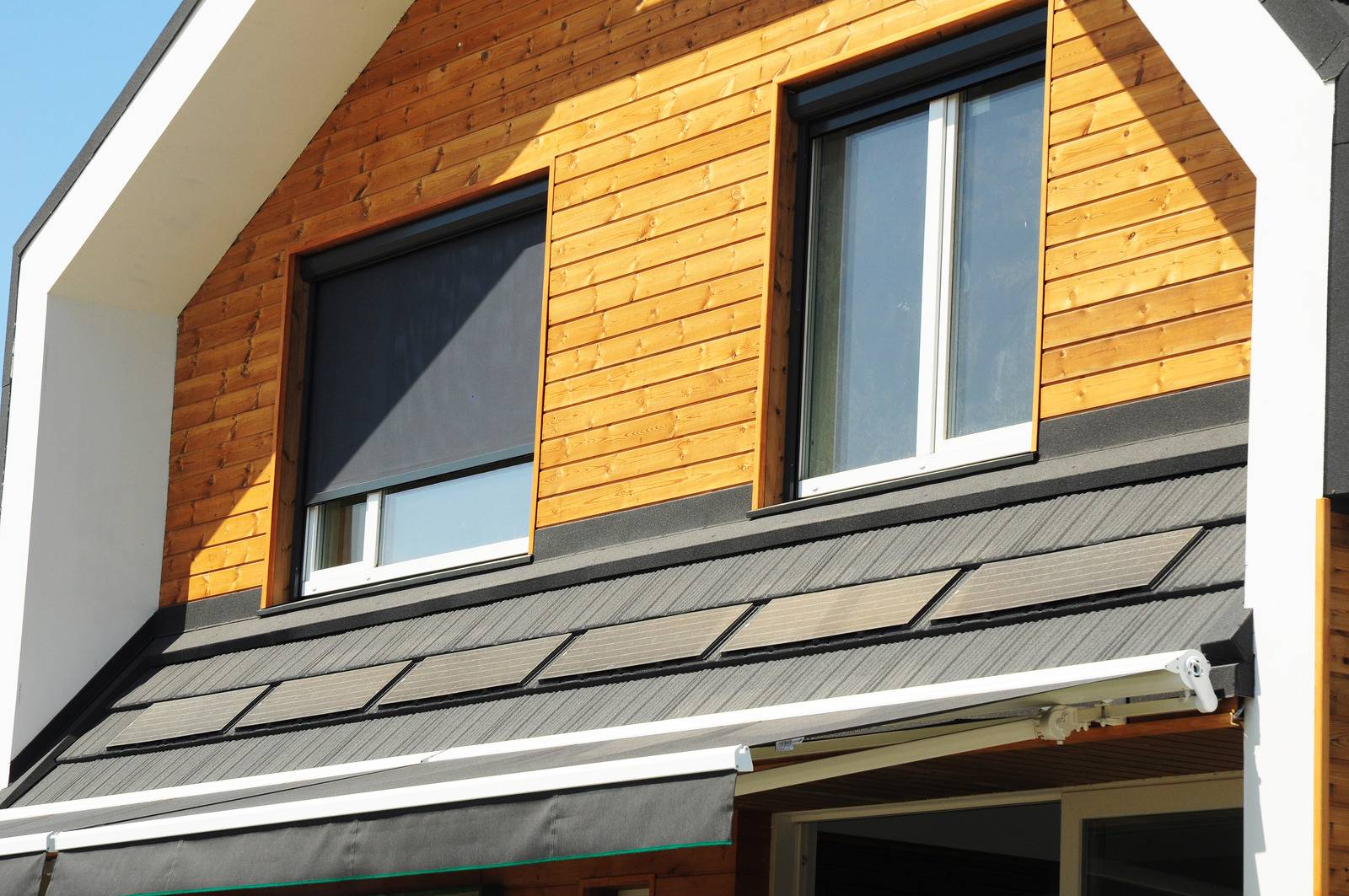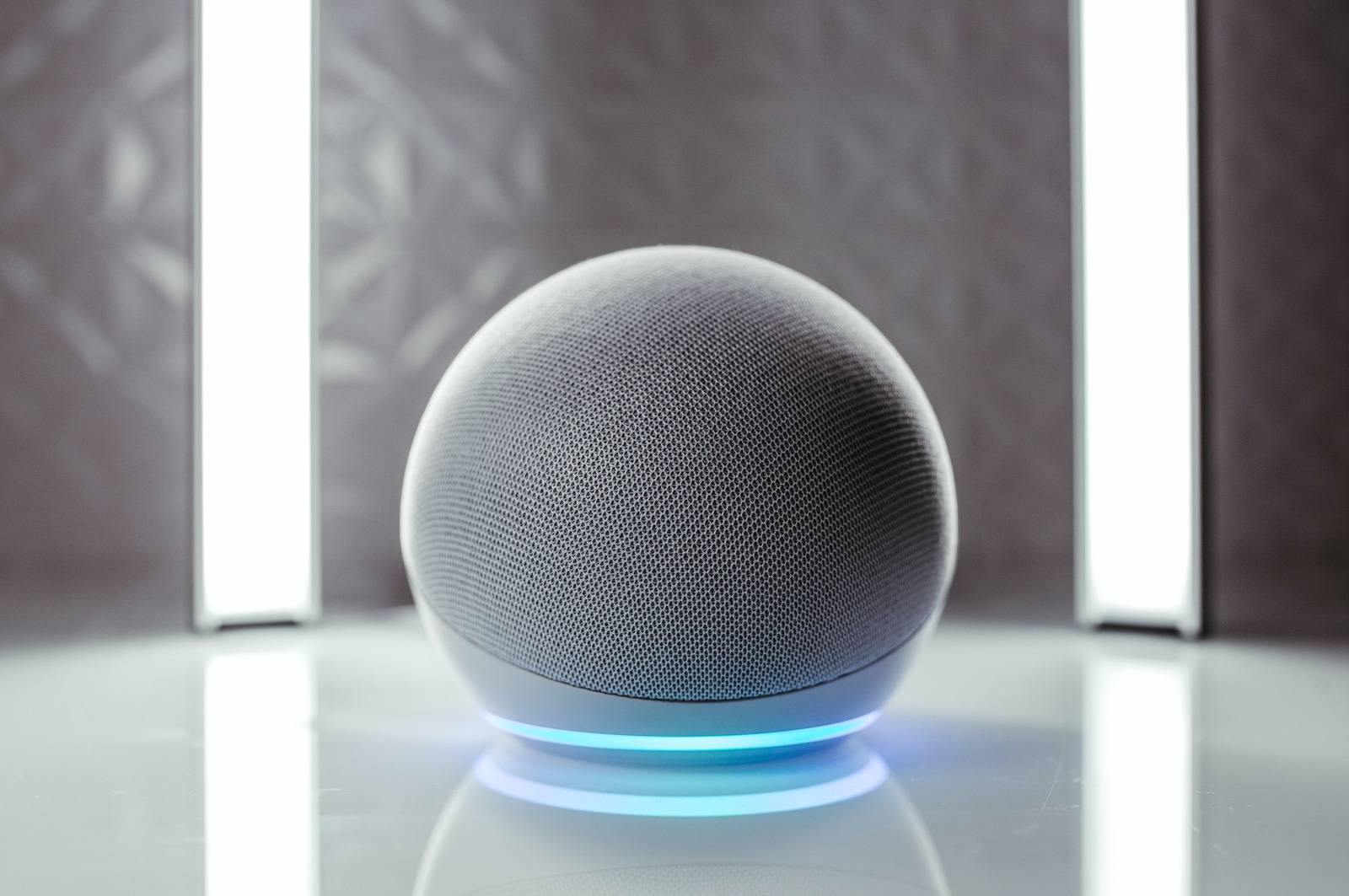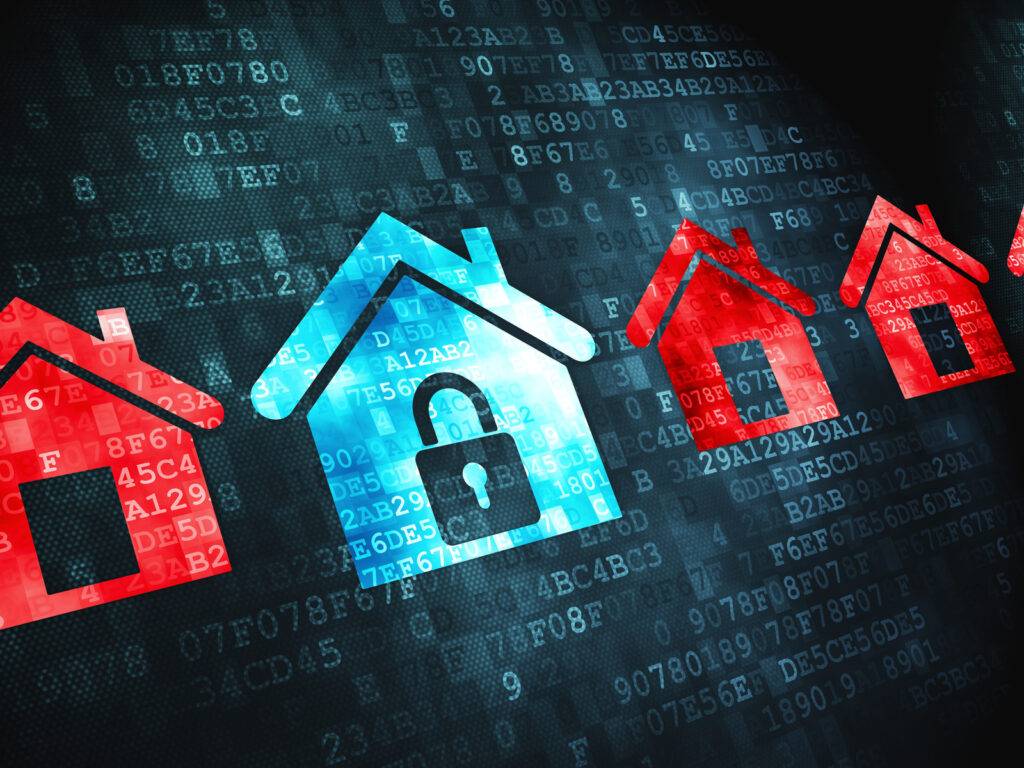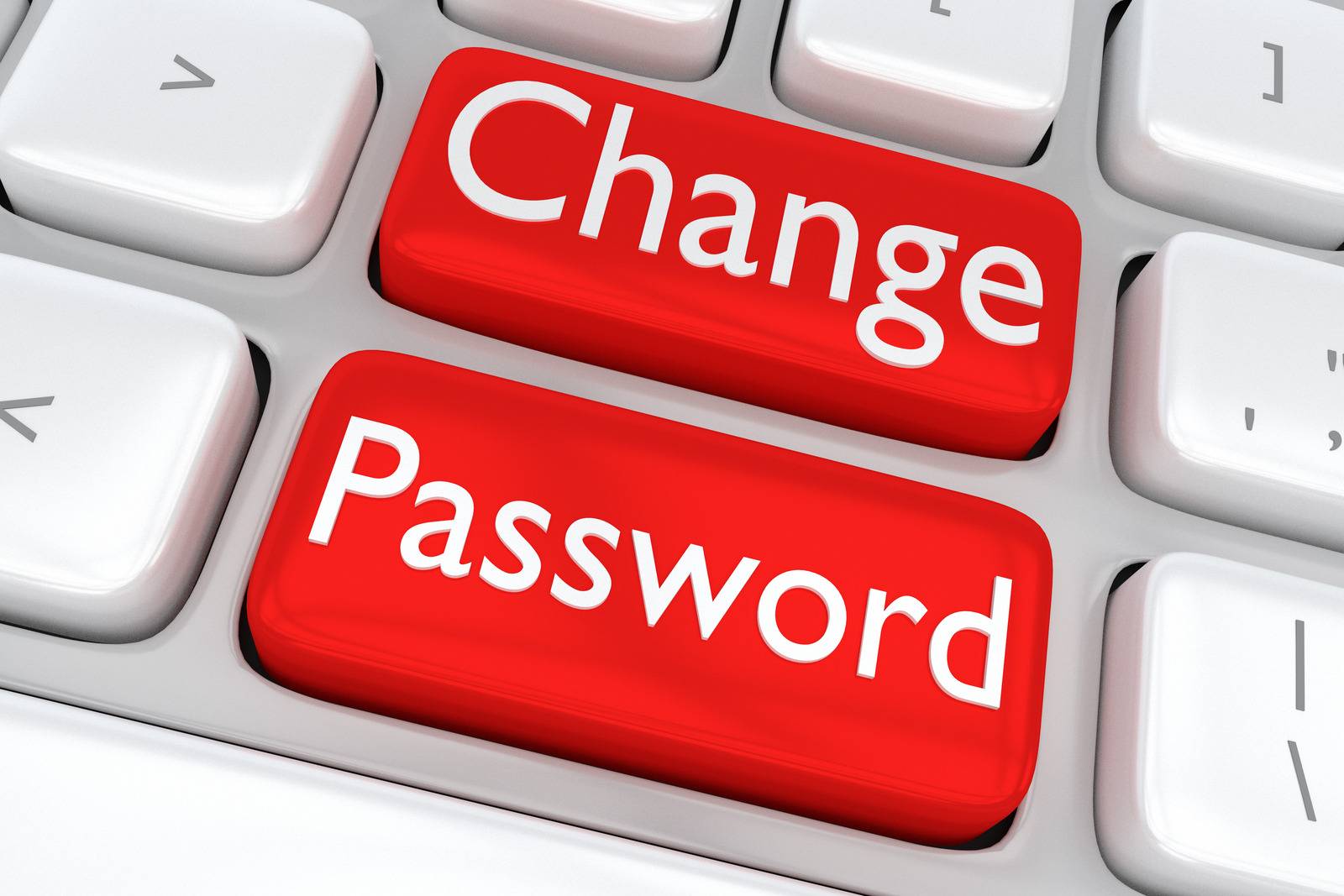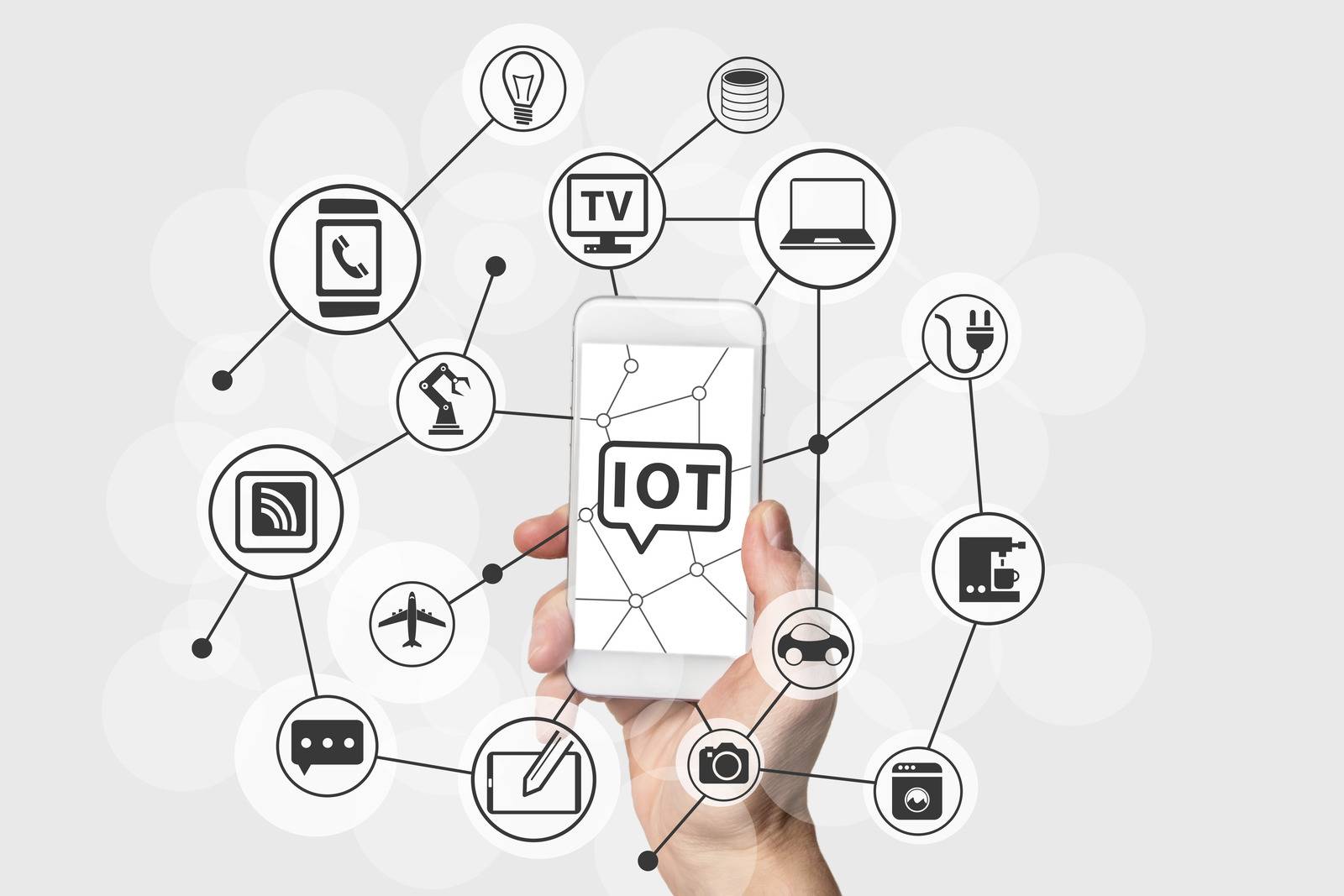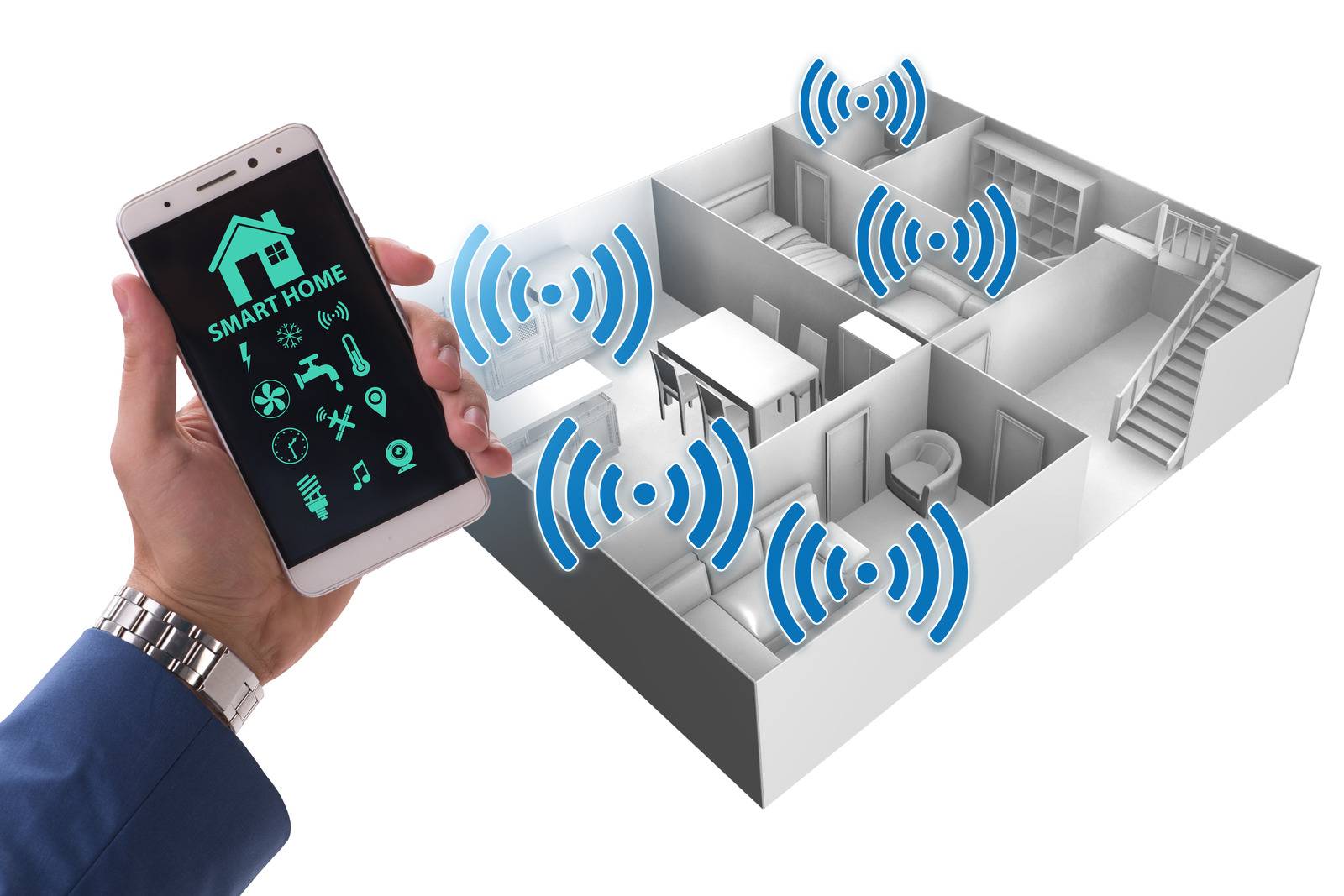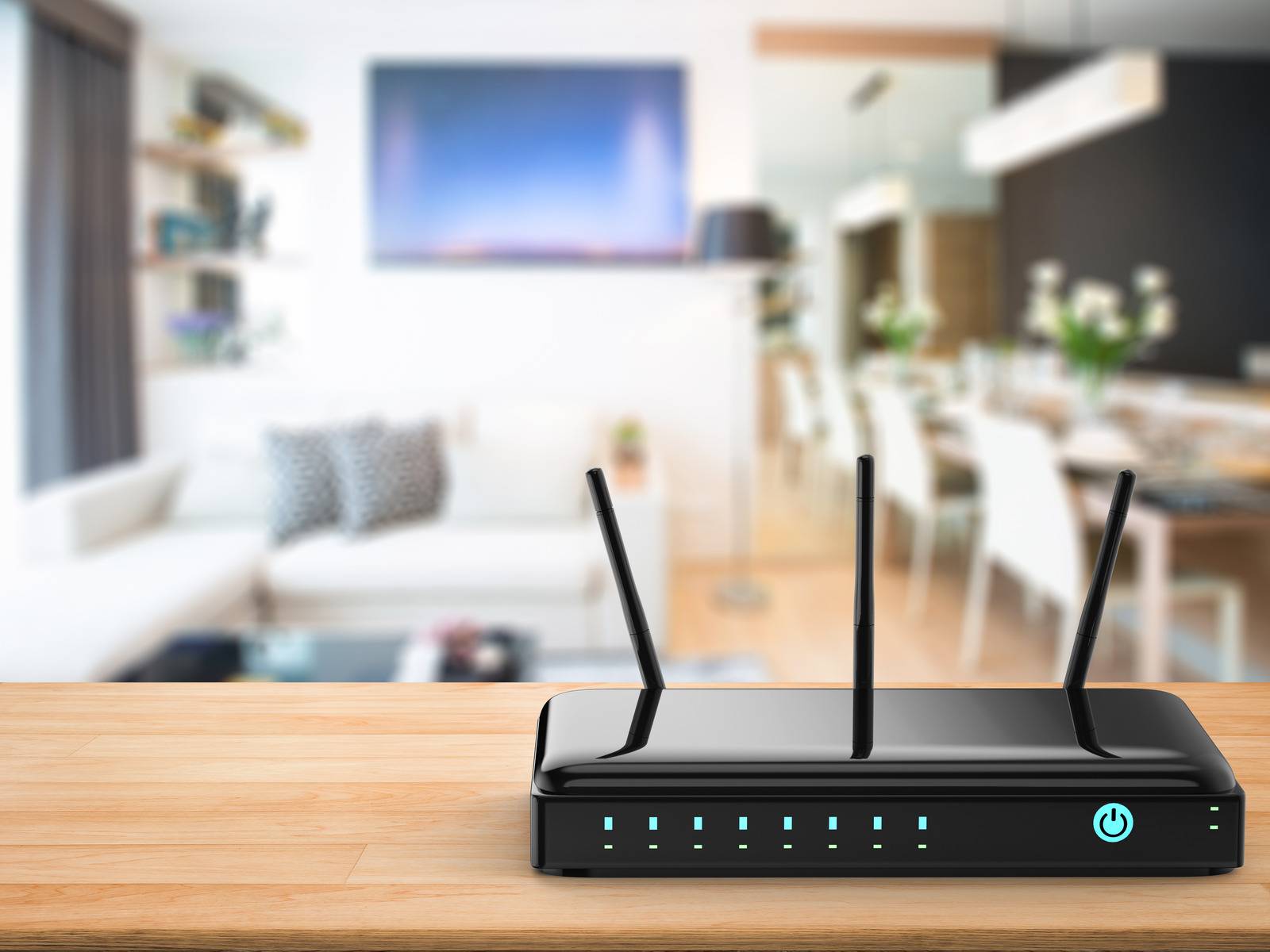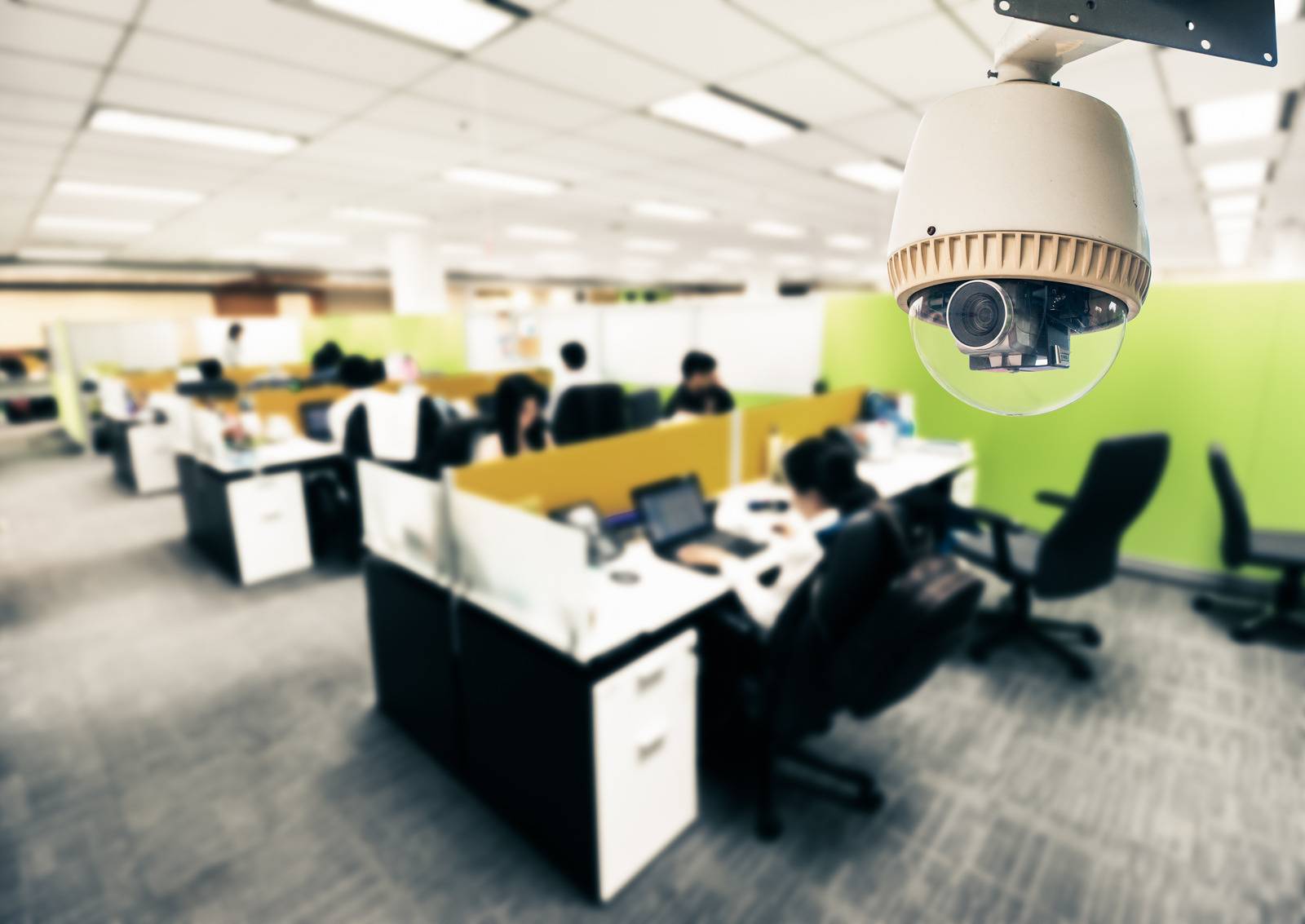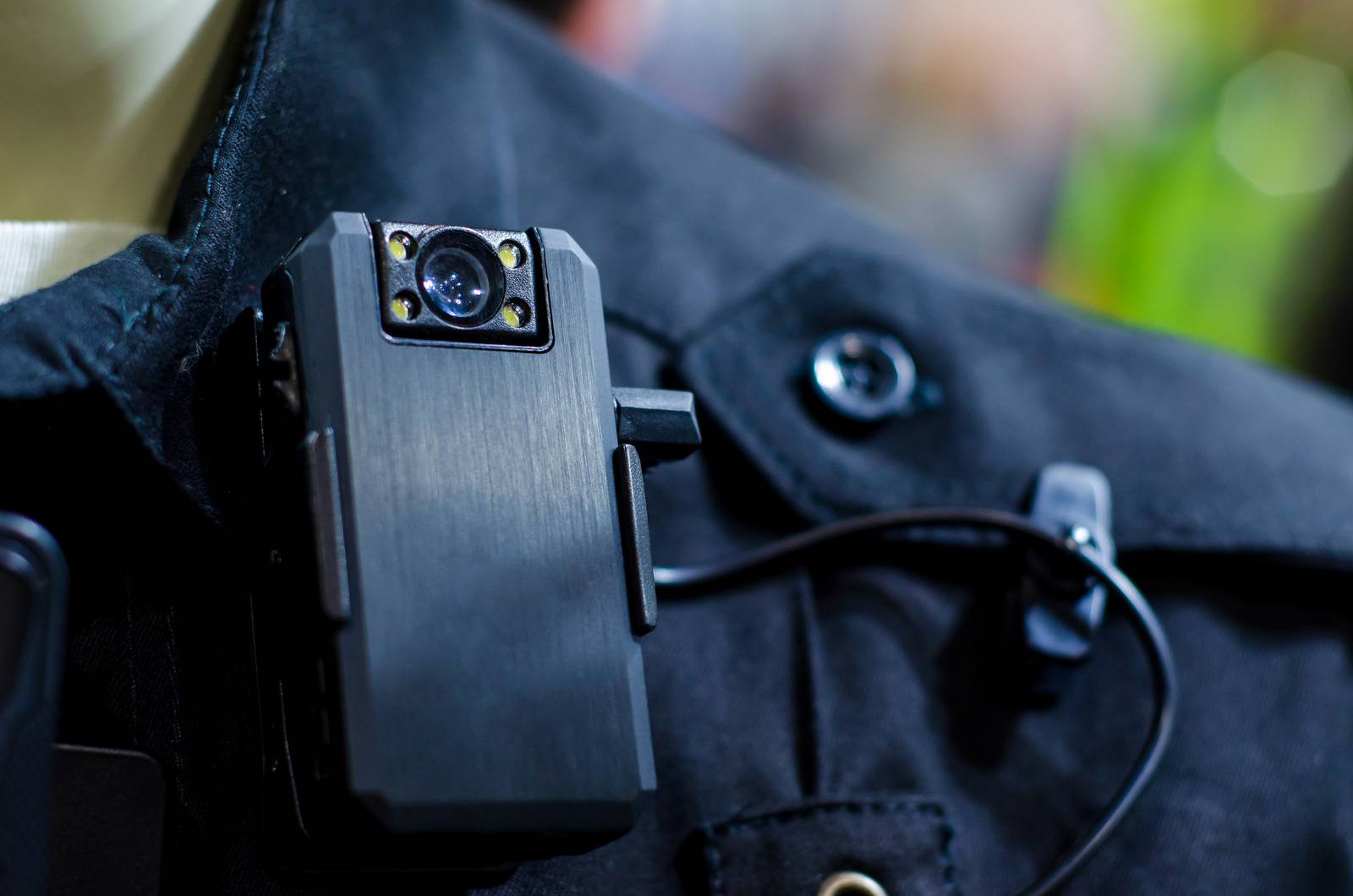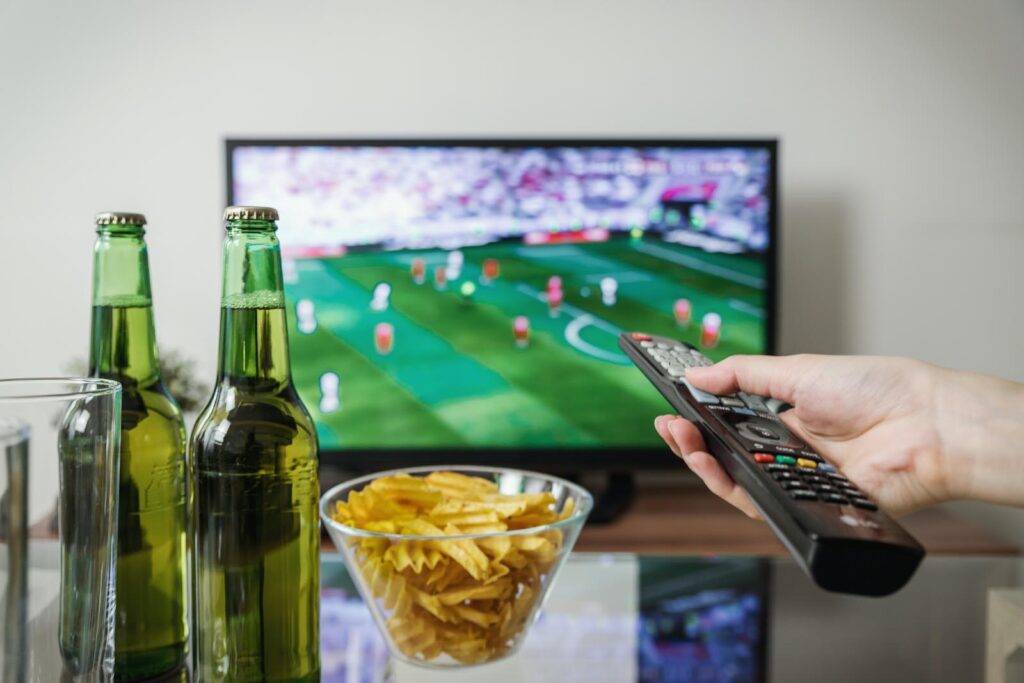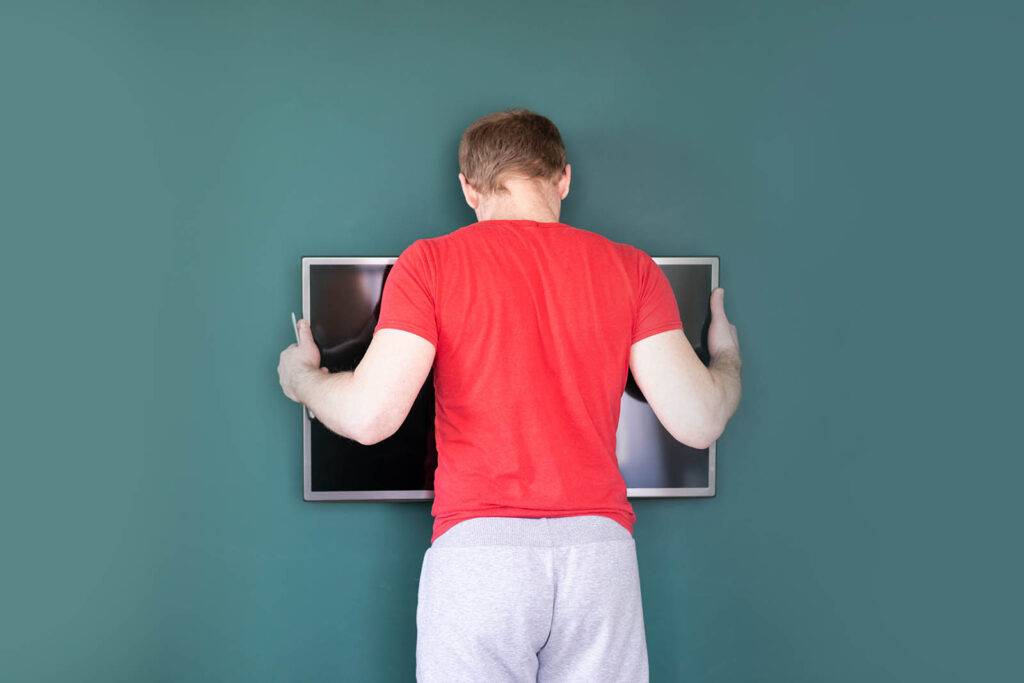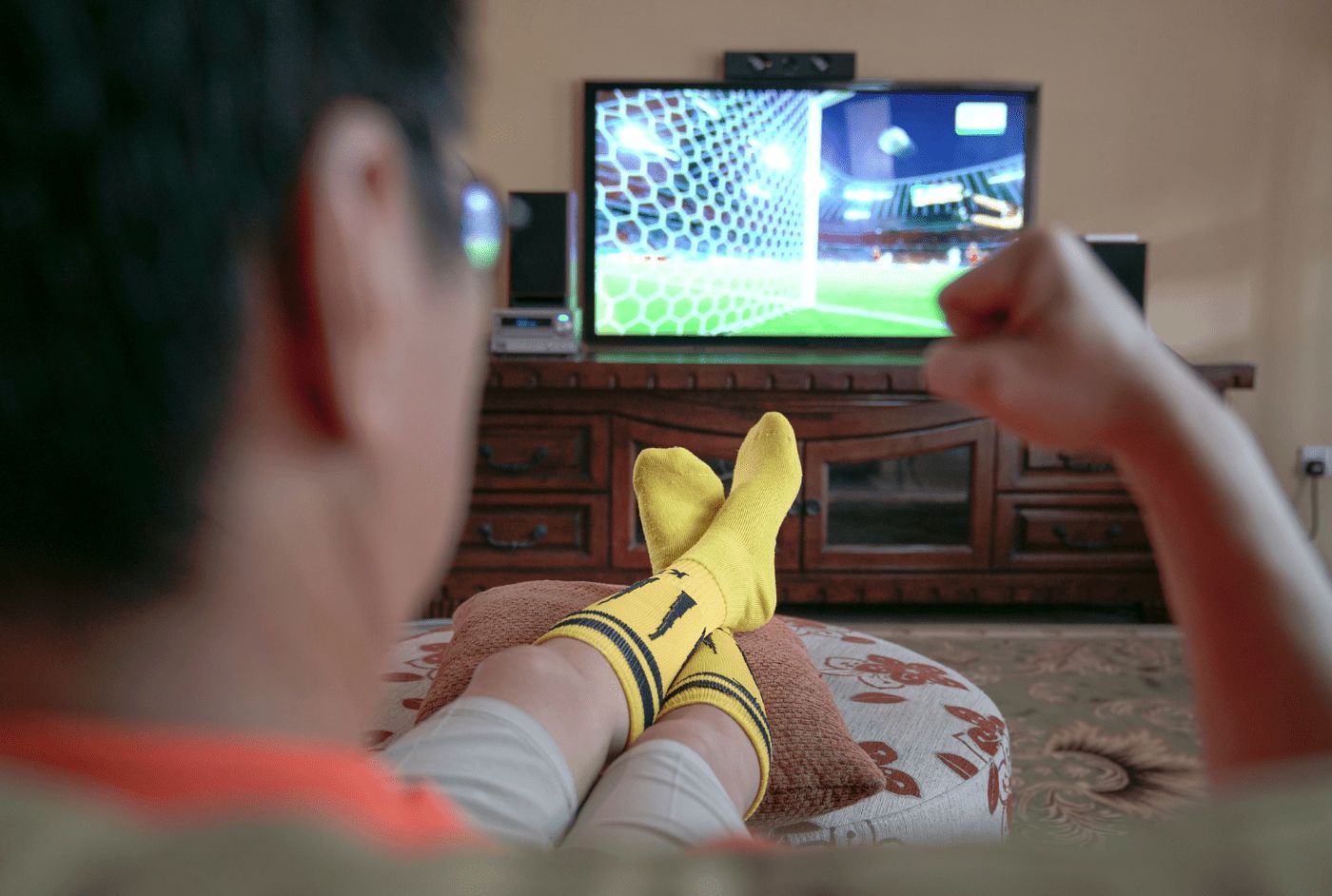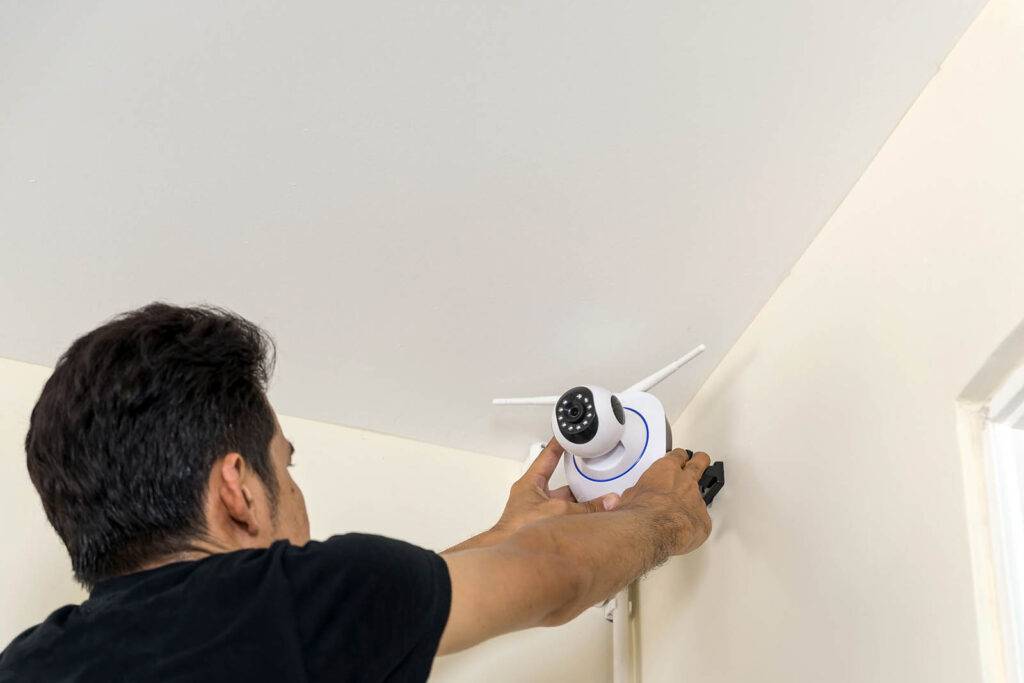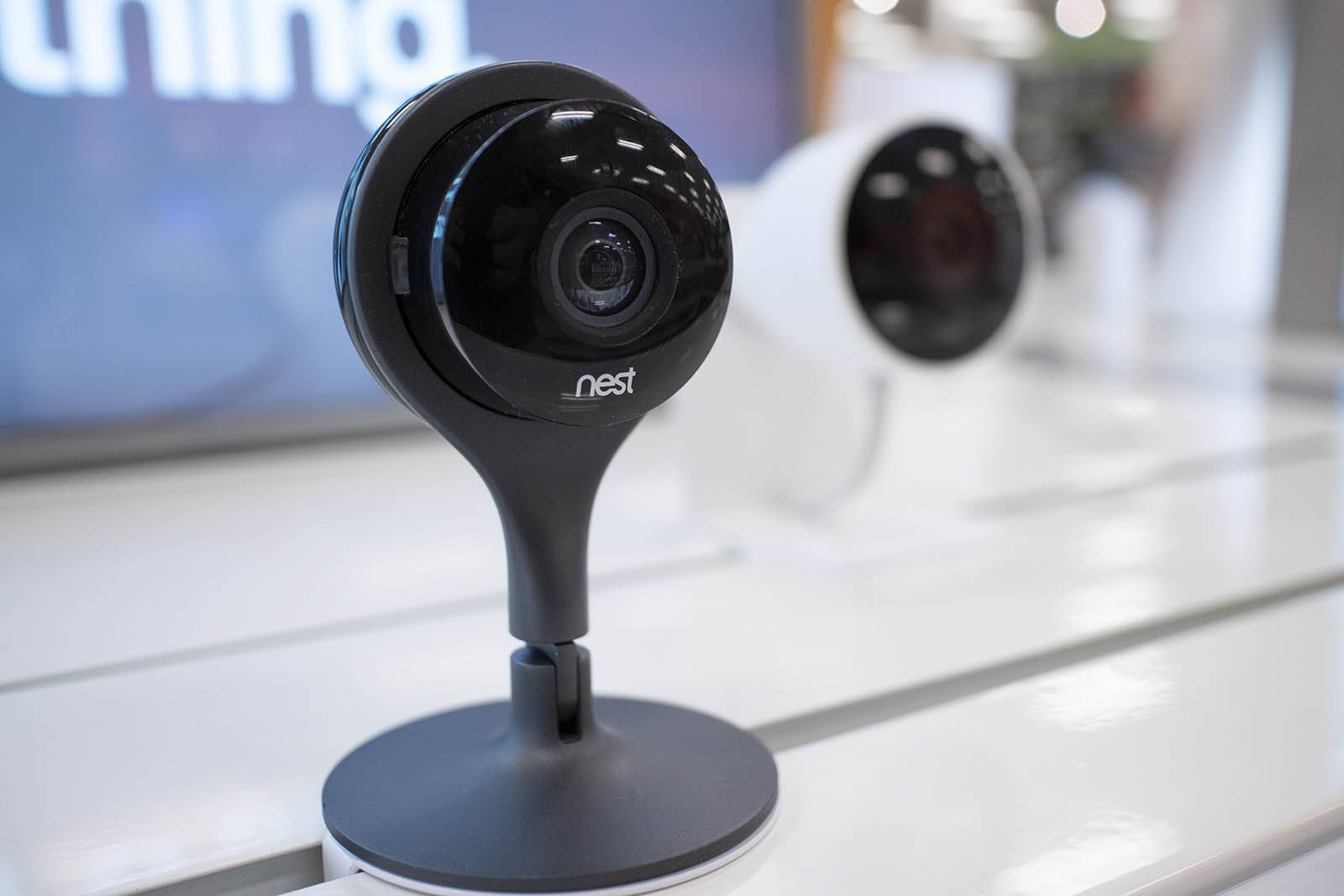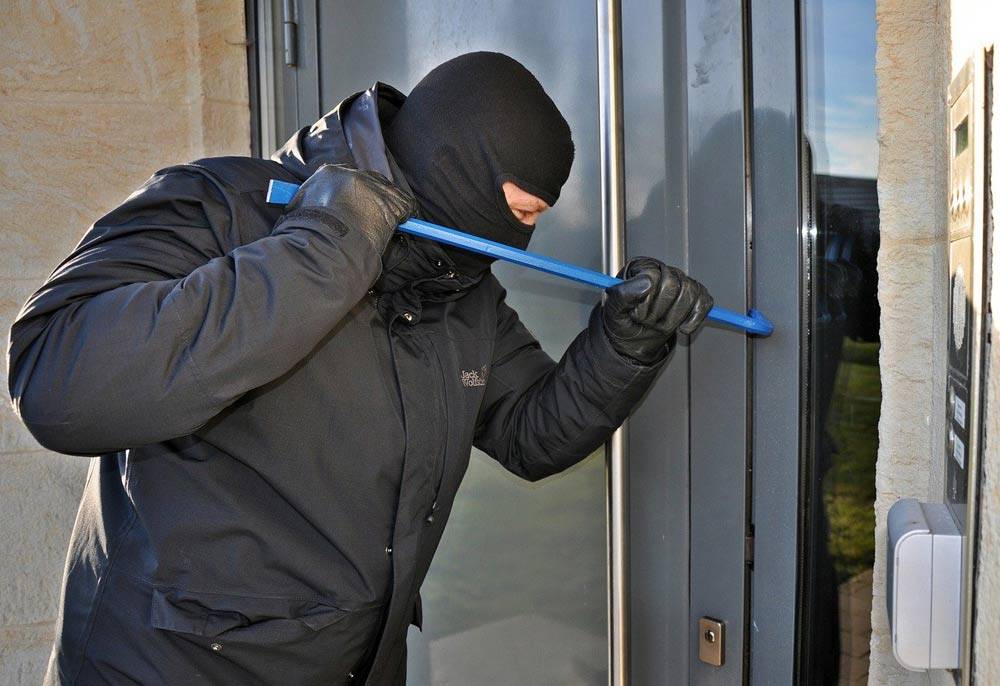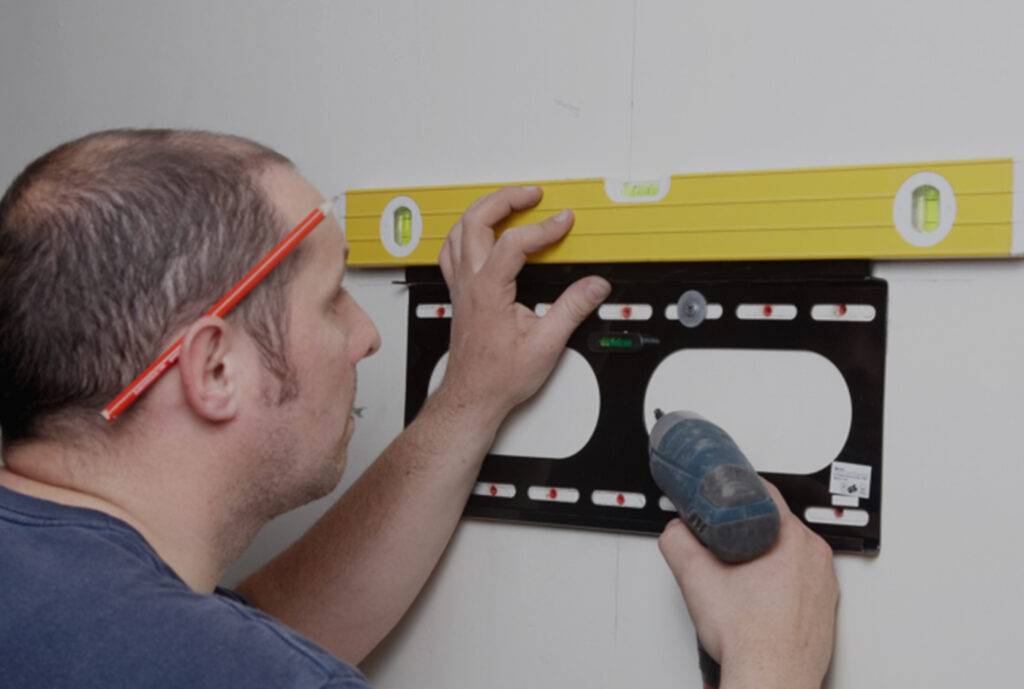Wired for Urgency: When to Reach Out to an Emergency Electrician
When it comes to electrical problems, acting fast is essential. You should always take safety as a priority and never attempt any repairs yourself unless you have the proper license and training.
That’s why it’s important to know when to reach out to an emergency electrician for help.
Types of Electrical Emergencies
There are various types of electrical emergencies that can occur. These include but are not limited to:
- Power outages which may be caused by a blown fuse, overloaded circuit breaker, or downed power lines
- Short circuits due to loose wiring or faulty connectors
- Fire hazards such as frayed cords and overheating wires
- Electrical shock from faulty outlets or wiring
Signs of an Electrical Fault
When it comes to fault finding and determining when you need the help of an emergency electrician, look out for the following warning signs:
- Flickering lights
- Tripped circuit breakers or blown fuses
- Sparks coming from outlets
- Unusual odours coming from outlets or switches
- Discoloured wall plugs or sockets
- Outlets that feel unusually hot to the touch
If you notice any of these signs, it’s best to call in a professional electrician right away.
When You Should Avoid Repairs
DIY electrical repairs can be dangerous and should always be avoided unless you are fully qualified. If you’re unsure of how to proceed, it’s best to contact an emergency electrician for assistance.
In addition, any major repairs such as rewiring or installing a new switchboard should be handled by a professional electrician.
When You Should Call an Emergency Electrician

If you experience any of the warning signs above, it’s best to call a qualified emergency electrician right away. Emergency electricians are available 24/7 and can detect problems quickly to ensure your safety.
An experienced emergency electrician will be able to diagnose the issue, make repairs, and provide recommendations on how to prevent future electrical faults. With their help, you can ensure that any electrical emergency is dealt with quickly and safely.
When it comes to emergencies, acting fast is essential. If you think you may have an issue, don’t hesitate to get help from a professional electrician right away.
How to Prepare for an Electrical Emergency
There are several steps you can take to prepare for electrical emergencies:
- Learn about the common warning signs of electrical faults
- Have the contact details of an experienced emergency electrician handy
- Test your smoke detectors regularly to ensure they are in good working order
- Make sure all outlets and switches are free from dust and debris
- Don’t overload circuits or extension cords
- Avoid using frayed or damaged electrical cords
By taking the above steps, you can help protect yourself and your home from potential electrical disasters.
What to do if there is Electrical Problem
If you suspect that there is an electrical problem, the most important thing to do is to stay safe. Don’t attempt any repairs yourself unless you are qualified and never touch any wet or exposed wires.
The best course of action is to contact a professional emergency electrician who can assess the situation and provide the necessary repairs.
What to do if there is an Electrical Fire

If you experience an electrical fire, the most important thing to do is stay calm. Shut off the power supply immediately and leave the area as soon as possible.
Do not attempt to put out the fire yourself – instead, call your local emergency services right away.
A fire extinguisher can be effective in controlling small electrical fires, but only if you use the right type. For instance, a Class C fire extinguisher is designed to put out fires caused by electricity and should never be used on other types of fires.
What to do if you get an Electric Shock
If you experience an electric shock, the most important thing to do is stay calm and follow these steps:
- Switch off the power supply immediately
- Avoid any contact with the person who has been shocked, as they may be carrying a charge. If possible, use a non-conductive material such as wood or plastic to separate the person from the source of electricity
- Call your local emergency services right away
What to do if there is a Power Outage
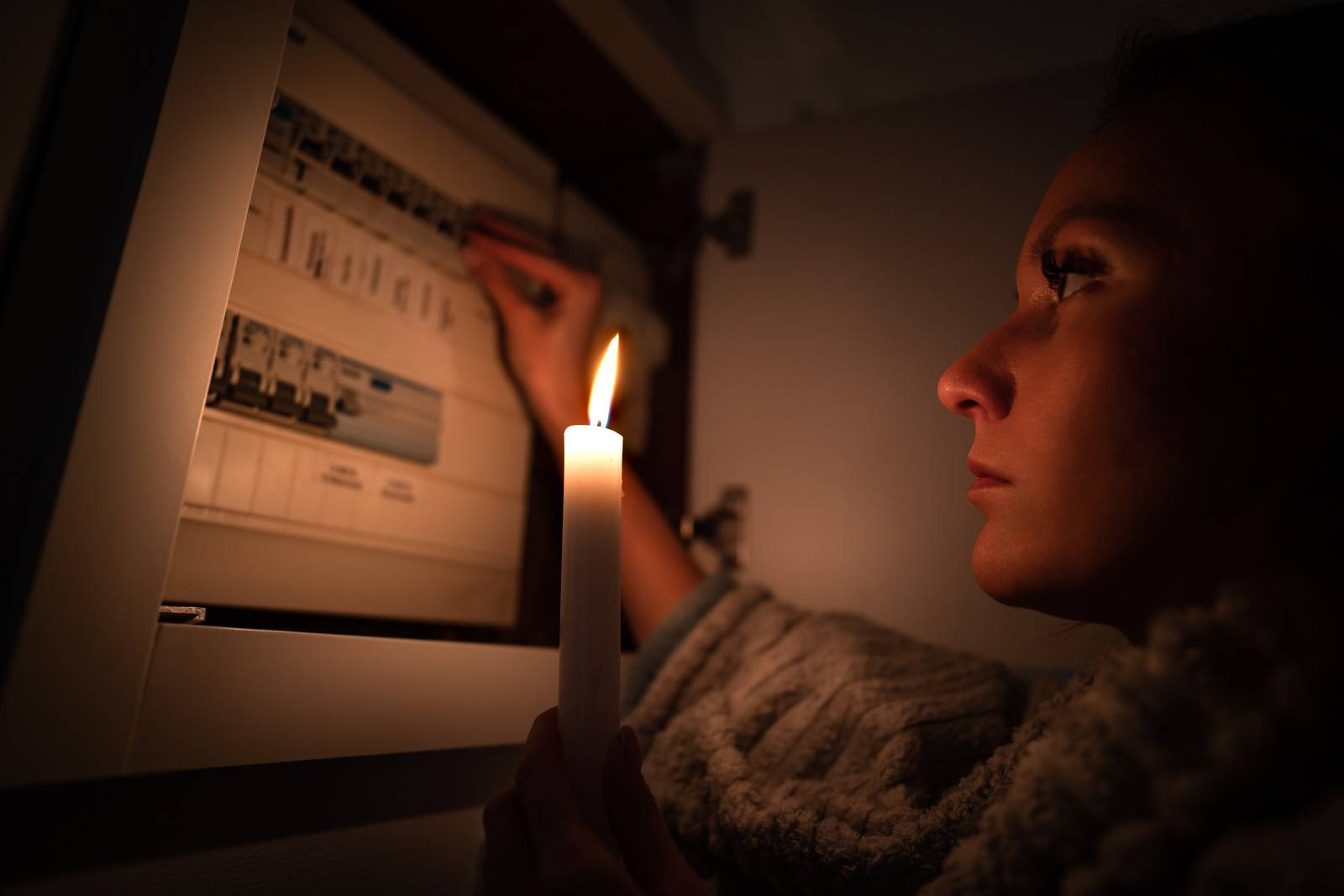
If you experience a power outage, the most important thing to do is stay safe.
Avoid using anything that runs on electricity until the power has been restored. Additionally, avoid running extension cords across doorways or under rugs where they could be damaged or trip someone.
Finally, if the power fails and doesn’t come back on after a few minutes, you may have a wiring issue and should contact an emergency electrician right away.
Where to find Local Emergency Electricians
If you’re looking for a local electrician, it’s best to do some research beforehand. You should also ensure that any electrician you hire is licensed and insured to do the job safely.
By taking the time to find a reliable and qualified electrician, you can be sure that an electrical emergency will be dealt with quickly and safely.
At GetMeDigital.com we have an easy to use directory of fully qualified electricians local to you.
No matter the electrical issue you’re facing, it’s important to remember that safety comes first. If you experience any suspicious signs or symptoms, make sure to contact an emergency electrician as soon as possible. Taking swift action can help ensure your safety and prevent any potential disasters from occurring. In addition, taking
A Registered electrician can provide you with the peace of mind that any problems are dealt with professionally and safely.
In addition, it’s also a good idea to ask for references from previous customers. This will help give you an indication of the electrician’s workmanship and customer service standards.
How much does an Electrical Emergency cost?
The cost of an electrical emergency repair can vary depending on the complexity of the issue. Generally, most emergency local electricians will charge a call-out fee, as well as any additional fees for parts and labour.
It’s best to get a quote from your local emergency electrician so you know exactly what to expect before they start work.
When it comes to electrical emergencies, acting fast and calling a professional is essential. With the help of an experienced emergency electrician, you can rest assured that any issues will be dealt with quickly and safely.
Conclusion
An electrical emergency can be dangerous and require immediate attention.
To protect yourself and your home from potential disasters, it’s important to stay vigilant for the warning signs of an electrical fault. Additionally, make sure you have the contact details of local emergency electricians handy so that you can respond quickly when needed.
When it comes to electrical safety, time is of the essence. Remember, when in doubt – call an electrician right away.
It’s also important to arm yourself with knowledge on how to prevent future electrical faults. Understanding the common warning signs and taking steps such as testing your smoke detectors regularly can help ensure any emergencies are dealt with quickly and safely.

